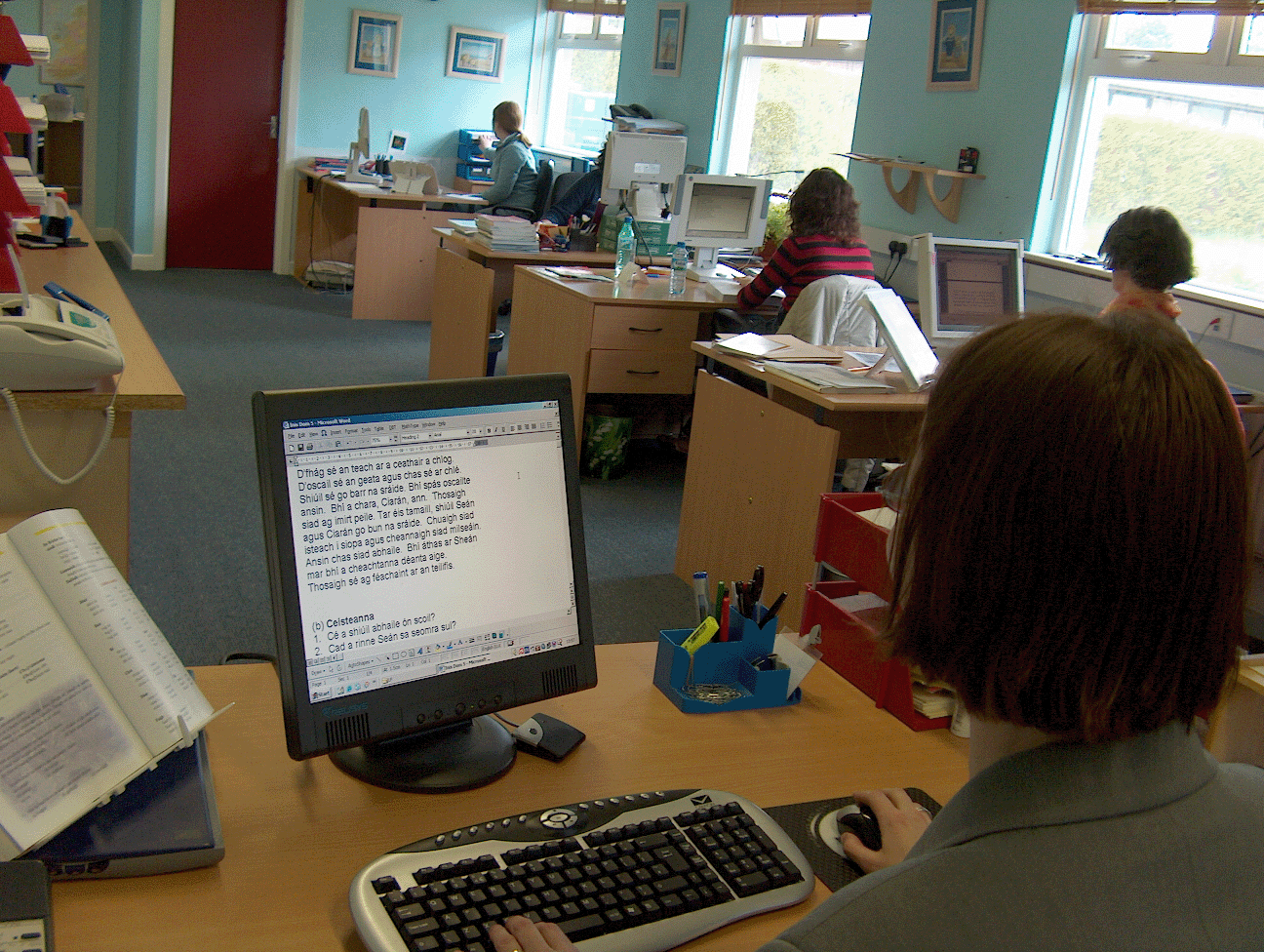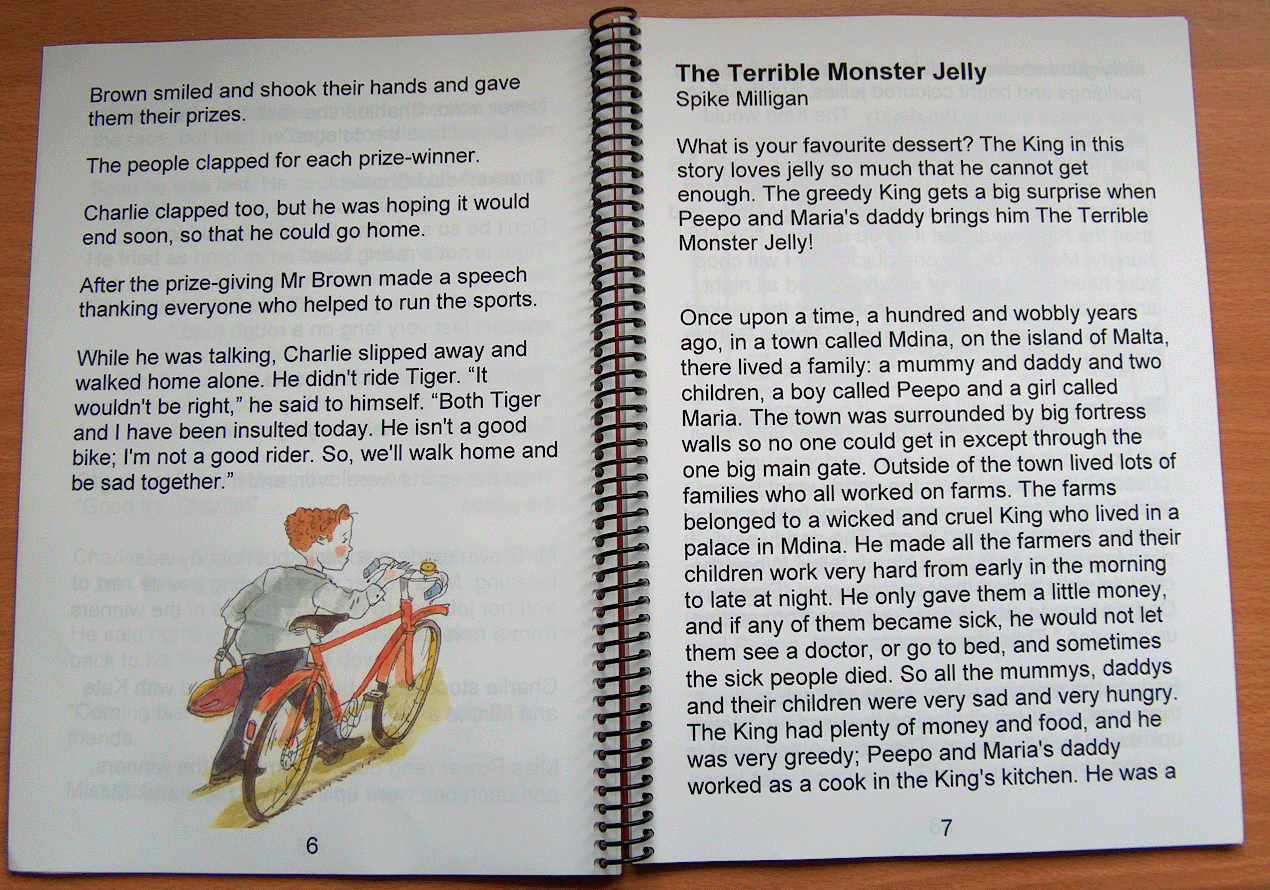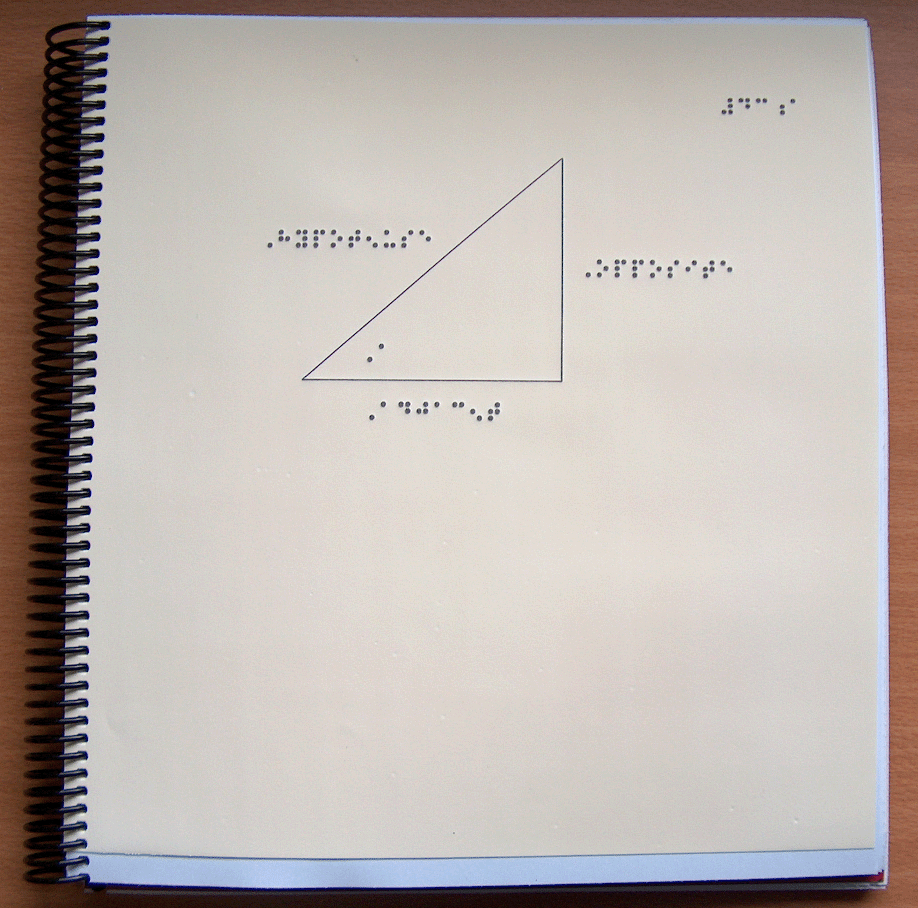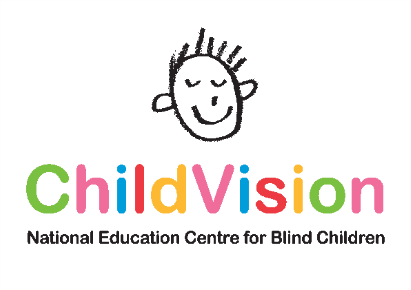



 |


 |
NewsINBAF Statement UEB INBAF Launch on 3rd May 2012 NBPC exceeds 3,000 |
Frequently Asked Questions
How are books transcribed? |
How long does it take to transcribe a book? |
Who can order books from the NBPC? |
How to order from the NBPC |
How are the books supplied? |
What is Braille? |
What is Large Print? |
What are tactile diagrams? |
What are text-only files? |
What is a DAISY book?
How are books transcribed?
|
For each book the NBPC seeks copyright permission from the publisher to transcribe into the format required. For most formats, a text-only or source file of the book is needed. This is either provided or achieved by scanning the book. Our volunteers play a big role in this step of the process. Once the text-file is available, staff at the centre transcribe into braille, using Duxbury Braille translation software or MS Word for large print. This is very time-consuming work, as every sentence and paragraph needs to be properly formatted, tactile diagrams or scanned images included etc. Once a first version has been embossed (“Braille-printed”) or printed out, our braille or large print proofreaders check the text for errors. A final, corrected version is then printed or embossed again, punched, bound and the final volume labelled in braille or print. |
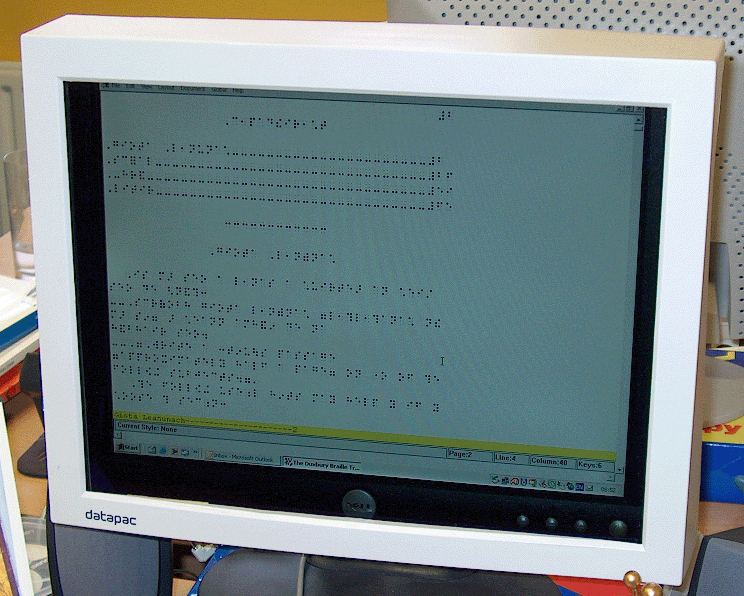
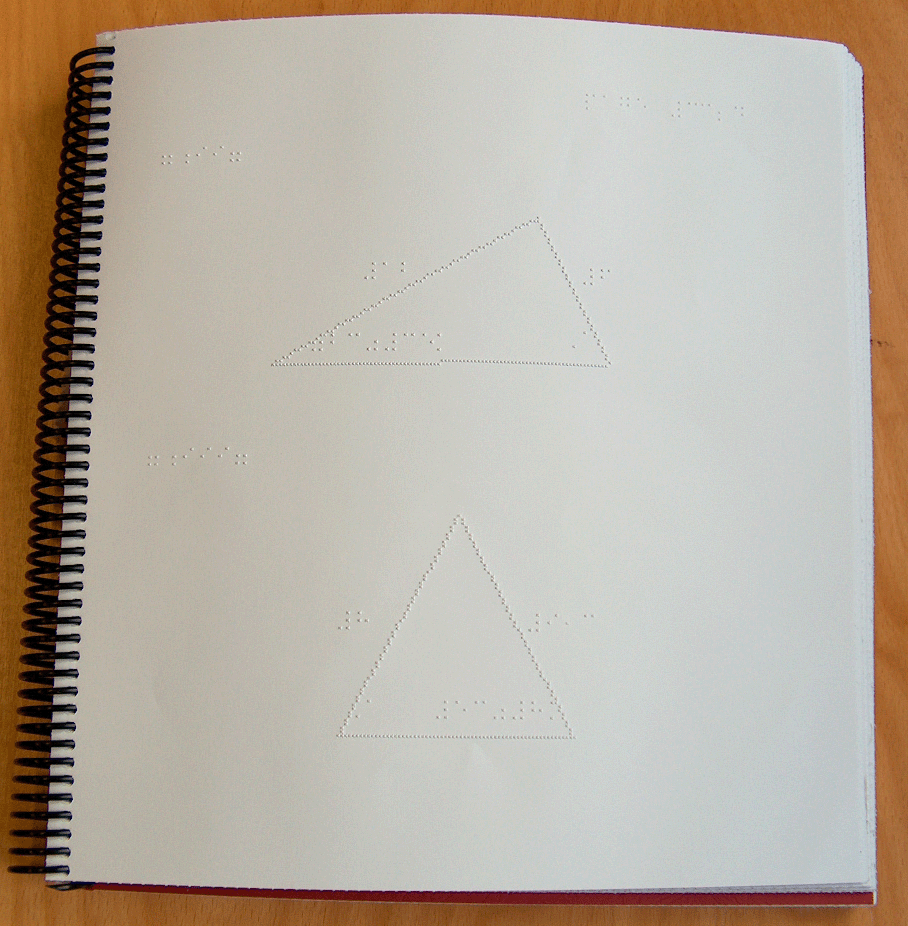

|
How long does it take to transcribe a book?
Who can order books from the NBPC?
The centre is providing transcription services to children with a registered visual impairment in mainstream or special education, at both primary and secondary school level.
To become a client of the NBPC, a client registration form needs to be filled in. In this form, the parent(s) of a child with a visual impairment (if under 18 years of age) are asked to provide us with a contact address and information on the school/year their child is in. We also ask for a sheet to be filled in with the eye condition and the resulting required format (i.e. Braille or large print, if large print, which font and size is required.) This sheet needs to be filled in by a member of the medical profession (opthalmologist etc.) Alternatively this information can also be filled in by the child’s visiting teacher. The final section requires the parents to sign a declaration that any material provided by the NBPC is for the sole use of their child with a visual impairment.
How to order from the NBPC
Book orders should be placed by using the book request form. This is usually filled in by the visiting teacher of our clients, usually in co-operation with the school and classroom teacher.
Please make sure to fill in all the information on title, author, publisher – if this is complete, no time is wasted with double-checking!
Please also ensure that you give a contact address and the full required format of the transcription – i.e. braille with capitals, or Large Print Arial 24 (and not just “Braille” or “Large Print”).
Please send the original form to the centre, you will then receive an acknowledgement letter telling you that the order has been placed.
There is no limit on braille titles that can be ordered for braille users (within reason and covering titles for the relevant school year). Braille orders are prioritised heavily over large print orders and within the braille orders, exam candidates for Leaving or Junior Certificate take priority.
Due to the heavy demand on the large print resources, we would ask for large print orders to be placed two at a time. This allows us quicker administration of the orders. Once those two titles have been fulfilled, another two can be placed.
How are the books supplied?
Finished books are sent in the regular post. Most will bear the “articles for the blind” sticker.
The books are usually sent to the main contact address specified for each student. In a lot of cases this is the school address, but please double-check whether you, as a client, have provided us with the correct address – especially if schools were changed!
What is Braille?
|
Braille is a tactile reading system used by many people with vision loss or no vision. It is named after its inventor, Louis Braille (1809-1852), a Frenchman who developed the system after a childhood accident had left him blinded. Each braille sign fills in specified dots on a 6-dot braille cell. The six dots are arranged like on the face of a dice. Depending on which dots are raised, the sign carries meaning. Special codes are applied to mathematics, sciences, computer language, and foreign languages. Braille grade 2 varies from language to language. The skill of reading braille is best developed from an early age onwards,
starting with tracing exercises and the development of pre-braille skills. |
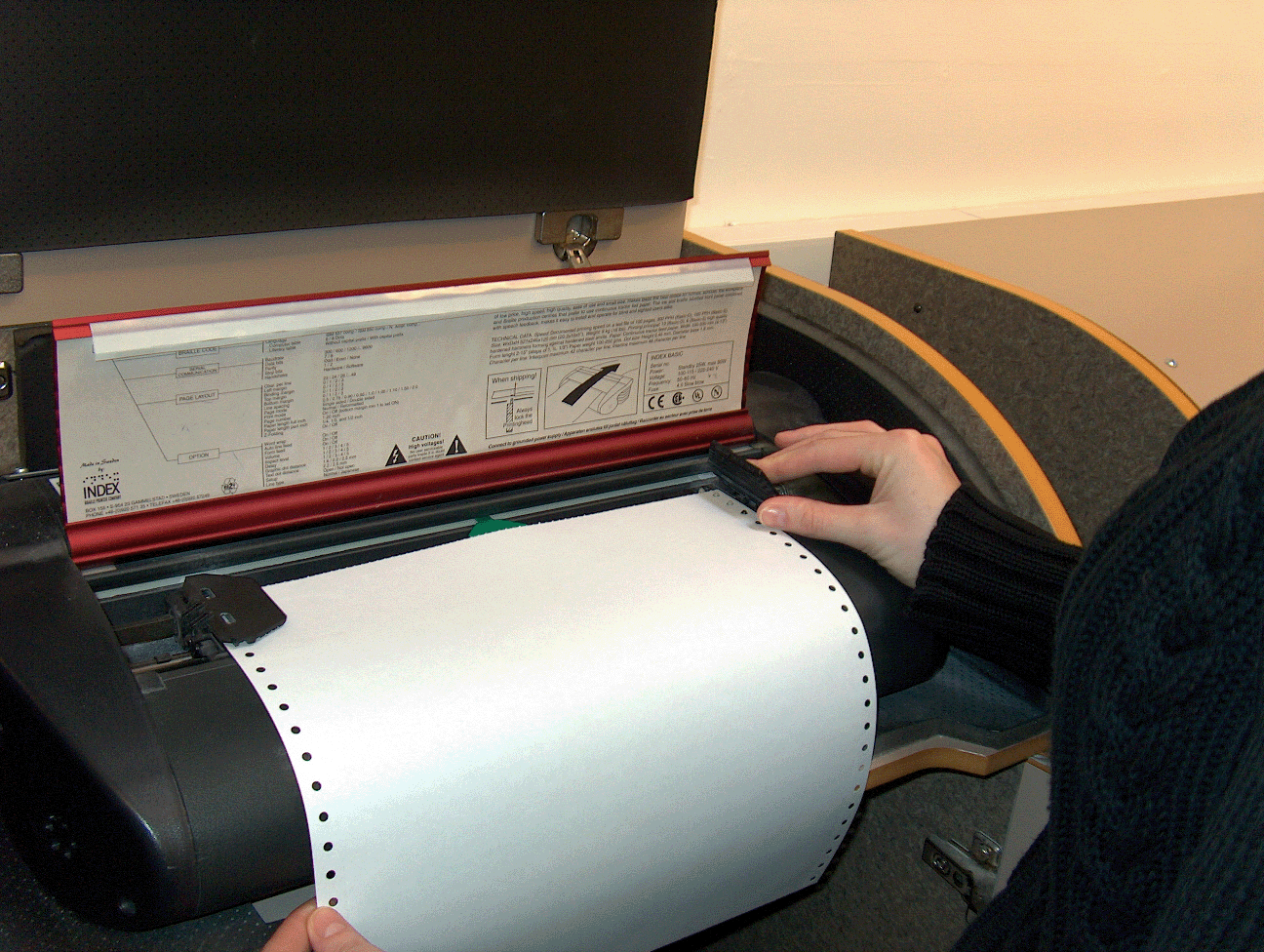


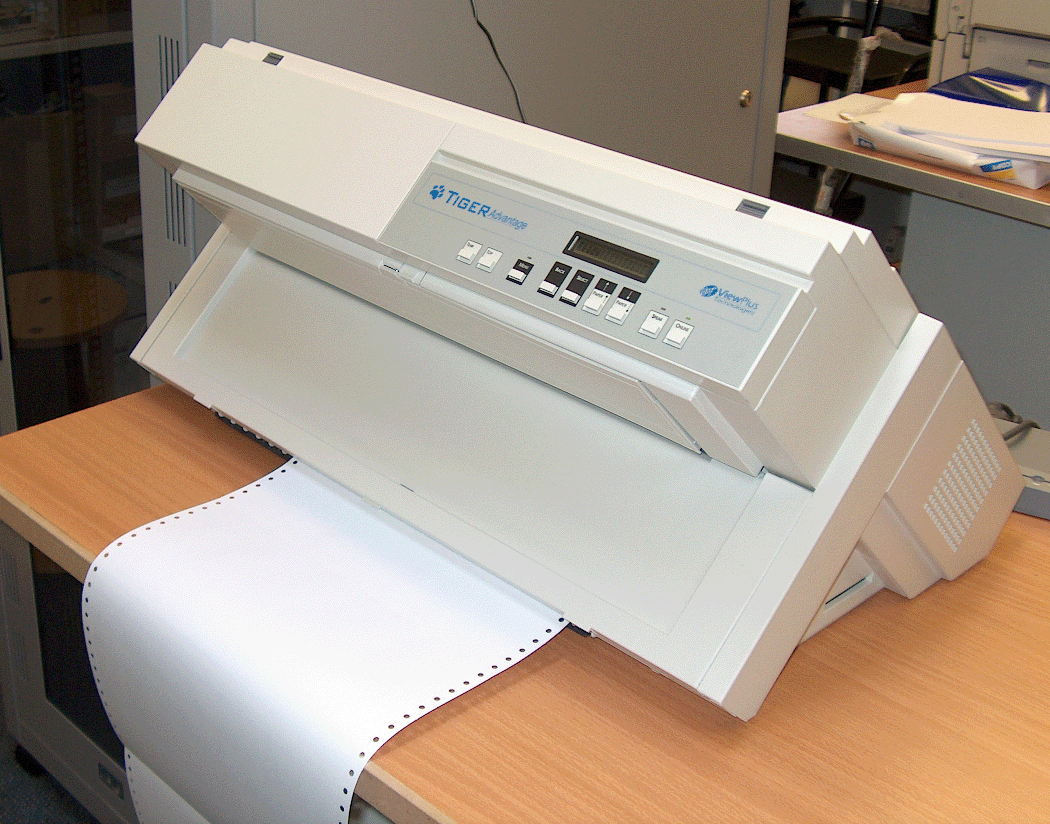
|
What is Large Print?
What are tactile diagrams?
What are text-only files?
By text-only files we mean computer files (word documents or wordpad files, for example) that contain only the pure text of a textbook. Diagrams, photos, sketches etc. are not included. The text is the scanned text from a textbook, edited after scanning for spelling mistakes from the scanning process. The text is then also edited for use with speech software of different makes, so that it is easy for a client with a visual impairment to navigate around. For example, text is saved in smaller chapter files etc. The text is saved on either floppy disk or CD. Text-only files can only be sent to the client if we have received copyright permission from the publisher to do so. This applies to all formats in general, but seems to present most problems with this format.
What is a DAISY book?
DAISY stands for Digital Accessible Information System and is an alternative format which can integrate
different alternative media into one book. Daisy books are basically computer files, not unsimiliar to text-only
files in that respect, which allow the user to navigate the book easily, using a DAISY player or DAISY playback software.
Daisy books that are produced by the NBPC will have the formats audio or audio-visual. Audio means that the whole
textbook is available as audio format, including all the navigational aids and levels that come with DAISY.
Users can,for example, bookmark pages or find pages easily. Audio-visual means that the full text and diagrams/pictures are
displayed on screen and can be altered to suit a particular eye condition. On top of that, the audio is also fully integrated,
so that the book can be listened to, while it is being "read out" on screen.
As DAISY book are very time-consuming to produce, please contact the NBPC prior to ordering to discuss your order.
